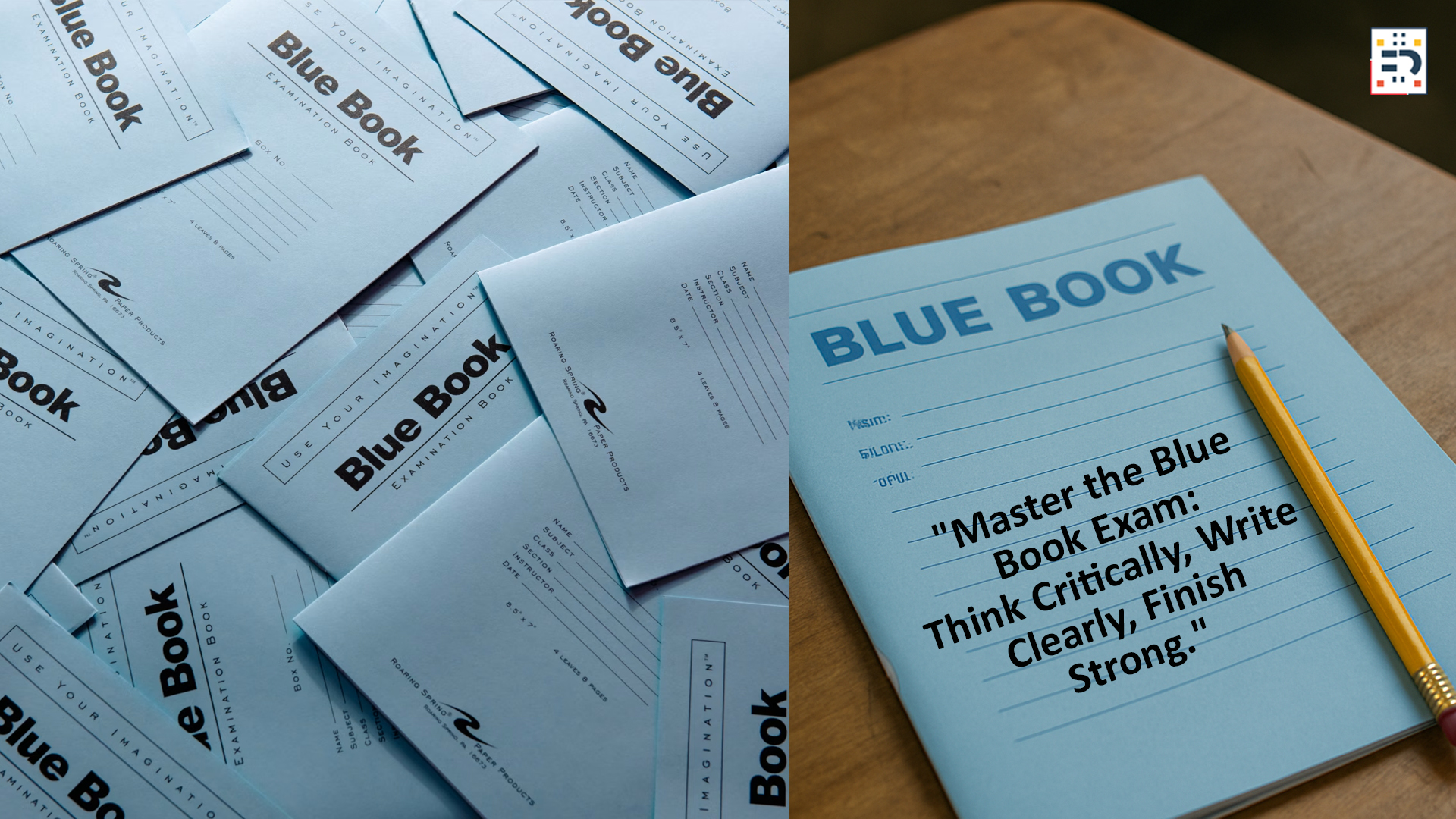If you’ve ever sat down in a college classroom and been handed a small, stapled booklet with a blue cover, you’ve encountered the infamous blue book exam. These handwritten tests have been a rite of passage for students in humanities and social science courses for decades. But what exactly is a blue book exam, and how can you ace one without losing your cool? Let’s break it down.
What Is a Blue Book Exam?
A blue book exam is a type of test commonly used in higher education, particularly in courses that emphasize essay writing. Instead of multiple-choice questions or fill-in-the-blank prompts, blue book exams ask students to compose written responses—sometimes to a single, comprehensive question, and other times to several shorter essay prompts. The answers are written by hand in the “blue book,” a lined notebook provided by the institution or purchased by students.
Why Professors Use Blue Books
There are a few reasons professors love blue book exams:
- They assess depth of understanding. You can’t guess your way through an essay—professors want to see how well you understand and can explain the material.
- They encourage original thought. Essay responses require students to synthesize ideas and present arguments.
- They’re low-tech and straightforward. Blue books eliminate digital distractions and encourage focused, thoughtful writing.
How to Prepare
1. Know the Material, Not Just the Facts
Blue book exams usually reward critical thinking over rote memorization. Expect to analyze, argue, and connect concepts—not just repeat definitions.
2. Practice Outlining Answers
Before test day, practice writing brief outlines for potential essay questions. This helps you get used to organizing your thoughts quickly.
3. Brush Up on Writing Fundamentals
Good grammar, clear thesis statements, and organized paragraphs all matter. You’re being graded not just on what you say, but how well you say it.
On Exam Day: Tips for Success
1. Read All Prompts Carefully
Don’t just skim. Take a minute to understand exactly what each question is asking before jumping in.
2. Outline First, Then Write
Spending 5–10 minutes outlining can save you time and improve the structure of your answer.
3. Manage Your Time
Divide the available time by the number of prompts. Leave a few minutes at the end to review your work for clarity and grammar.
4. Write Clearly and Legibly
Professors can only grade what they can read. Take your time to write neatly and avoid long-winded, unclear sentences.

Blue book exams may seem old-school, but they remain one of the best ways to demonstrate deep learning and articulate your understanding. With preparation, practice, and a calm approach, you can tackle any prompt and come out with a strong showing.


